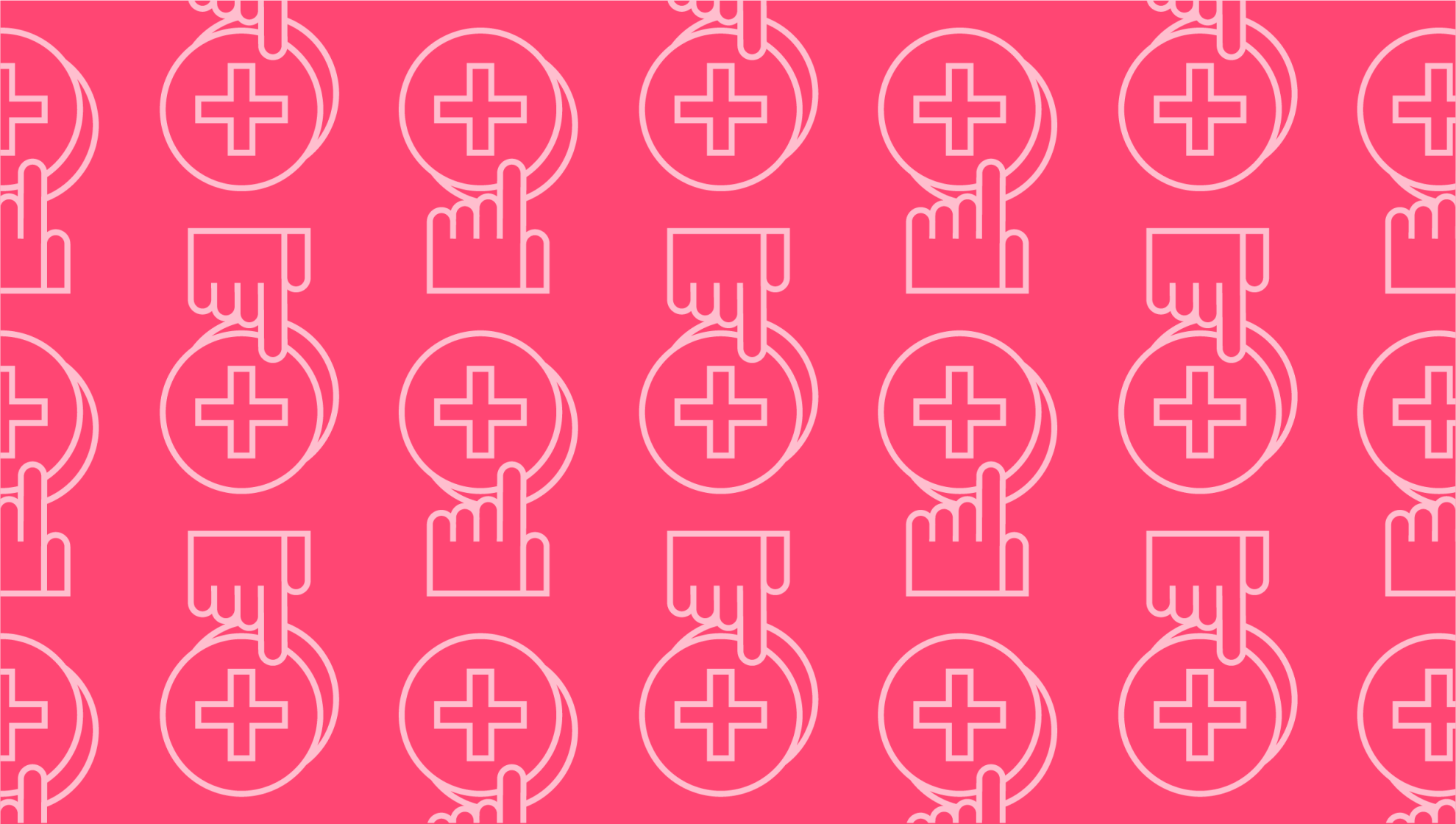
What Is Procure to Pay?
Last editedDec 20222 min read
If you want to maintain a positive cash flow, you’ll need to track and manage expenditure in the most efficient way. Understanding the procure to pay process helps you take control of expenses from beginning to end. But what does procure to pay mean, and how does it impact your bottom line? Here’s what you need to know.
What does procure to pay mean?
When a business identifies a need, places an order, and pays its vendor accordingly, this is all considered part of the procure to pay cycle. The procure to pay process describes the series of events between pre-ordering and payment. It includes all the actions taken to obtain and pay for goods and services your business needs. By identifying and organising these steps, you’ll help keep expenses organised and invoices accurate.
What is the procure to pay process?
Here’s a breakdown of the procure to pay process, step by step.
Step 1: Identify your business’s needs. Before submitting a requisition request, you need to make sure that the request fulfils some time of need for your business.
Step 2: Fill out a purchase requisition form. These can be used for basic purchases, consignments, or larger contracts.
Step 3: Submit purchase requisition request to the appropriate department for approval. There are many different individuals within an organisation that might approve these requests, including procurement officers and heads of individual departments. Be sure to send it to the correct office to expedite the procure to pay process.
Step 4: If the requisition is approved, create a purchase order. In some cases, you can perform a spot buy instead. This might be easier if you’re making a one-time purchase of lower value commodities, for example.
Step 5: The purchase order is verified for accuracy and submitted to the vendor. Vendors have the chance to view the purchase orders and negotiate, approve, or reject them as applicable.
Step 6: The supplier negotiates if necessary and then delivers the agreed-upon goods or services. Upon receipt of these goods, inspect them to ensure they comply with your original agreement. If so, approve the receipt.
Step 7: Compare the receipt with the invoice and purchase order for accuracy. Three-way matching is important for ensuring all paperwork is in order, and this gives a chance to investigate any discrepancies before the invoice is approved for payment.
Step 8: If everything matches, forward the invoice to the finance team. However, if there are issues with the invoice found during the matching process you can reject it and send it back to the vendor for adjustment.
Step 9: Pay the vendor invoice. The finance team processes the payment according to any terms listed on the invoice. This might be an advance, partial, instalment, or final payment depending on the agreement.
How to improve the procure to pay cycle
While it might seem like this process is long and complicated, there are many ways to streamline the process. One of the best ways is to use automated procure to pay software that cuts down on lengthy paperwork involved in the approvals process. It’s also important to respond to suppliers in a timely manner to improve engagement. If any of these steps are backed up due to delays in paperwork, it can lengthen the procure to pay process – potentially frustrating your vendors.
Using software to improve the procure to pay cycle streamlines the process by digitising documents, verifying them automatically and validating them faster. Purchase orders are fulfilled, and payments made faster.
The benefits of procure to pay process optimisation
So, why should you consider procure to pay process optimisation using software? Digitising your cycle offers numerous benefits:
Automatic three-way matching to eliminate human error
Price comparisons to ensure you’re getting the best supplier deals
Reduction in paperwork and admin time
Remote management of the procure to pay cycle
Improved visibility over the full process as well as individual steps
These are just a few reasons why it’s worth using a digital solution to expedite the process. GoCardless integrates with over 350 partners, including top accounting and invoicing software like Xero and more. Take control of your payments process and streamline workflows, all through a central dashboard for greater efficiency.
We can help
GoCardless is a global payments solution that helps you automate payment collection, cutting down on the amount of financial admin your team needs to deal with. Find out how GoCardless can help you with one-off or recurring payments.